OPEN ASSEMBLY
Experiments in Aesthetics and Politics








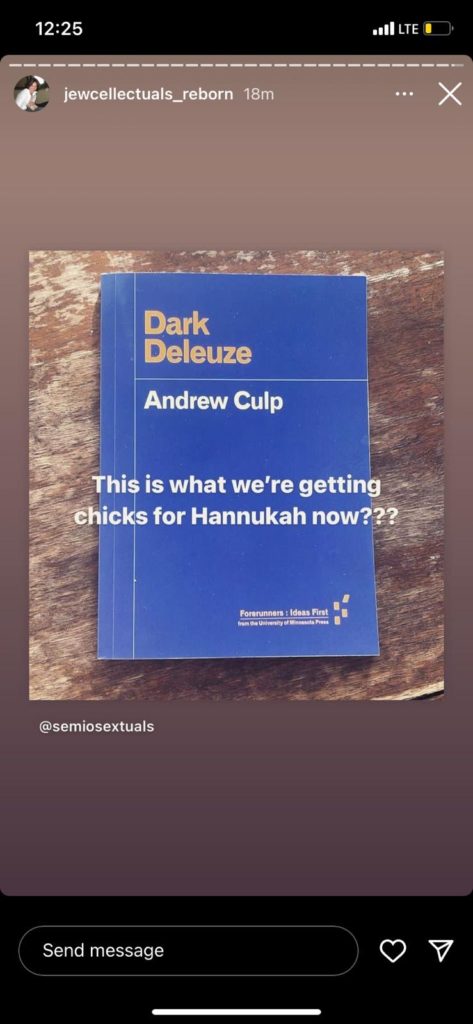
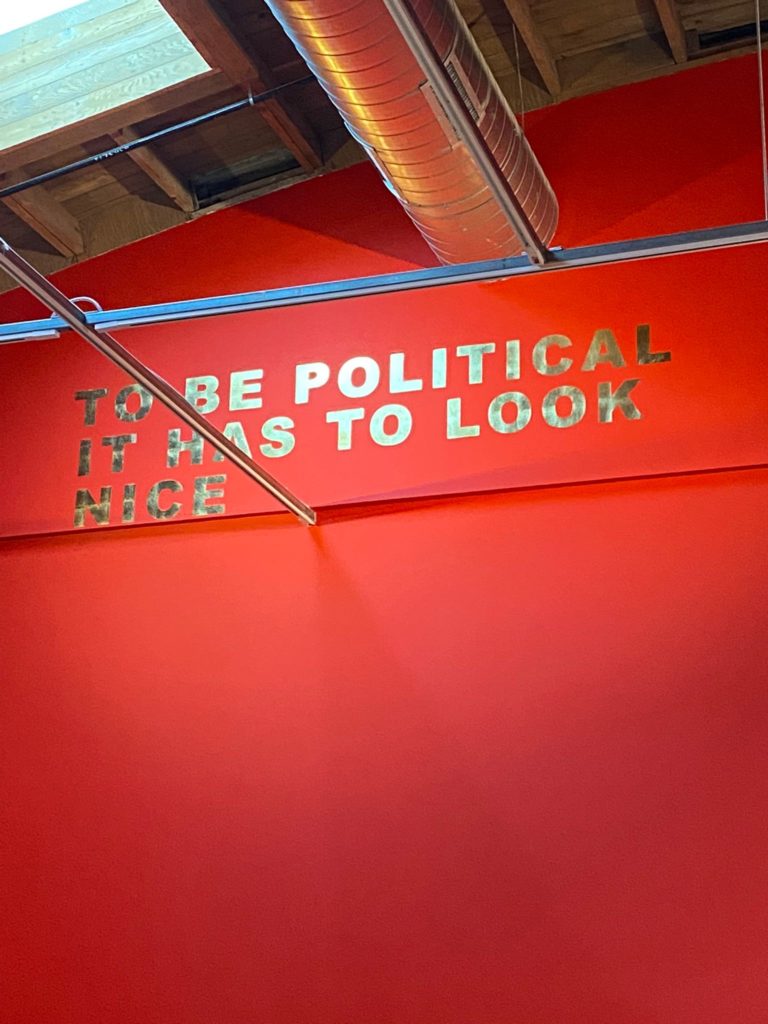

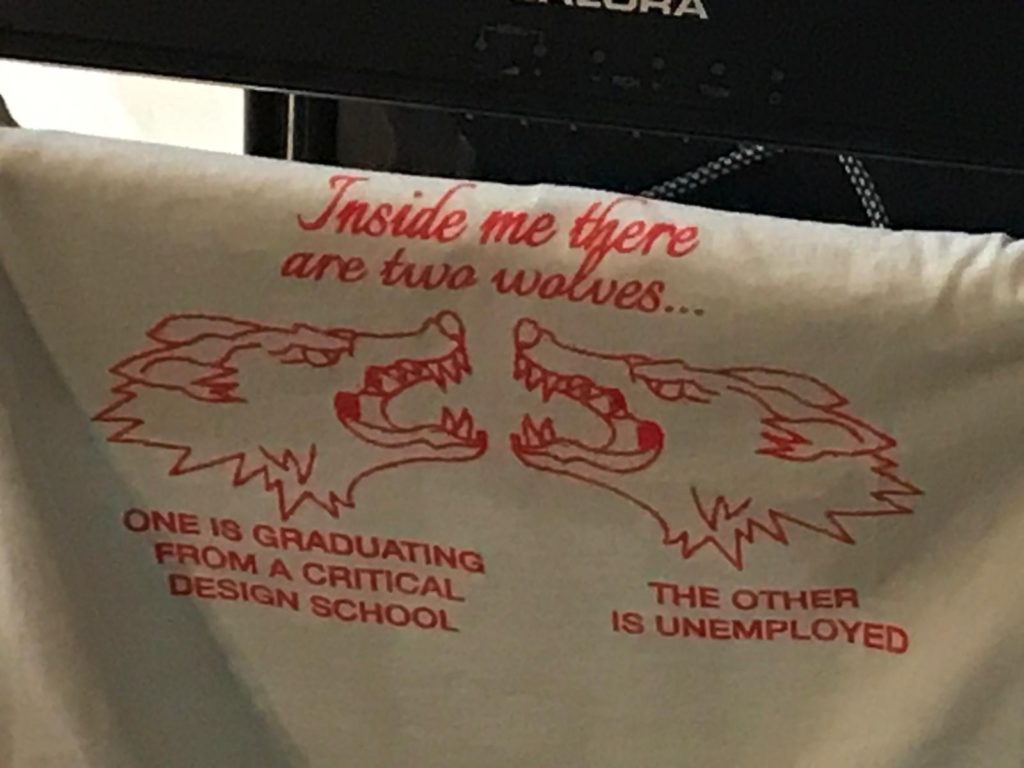
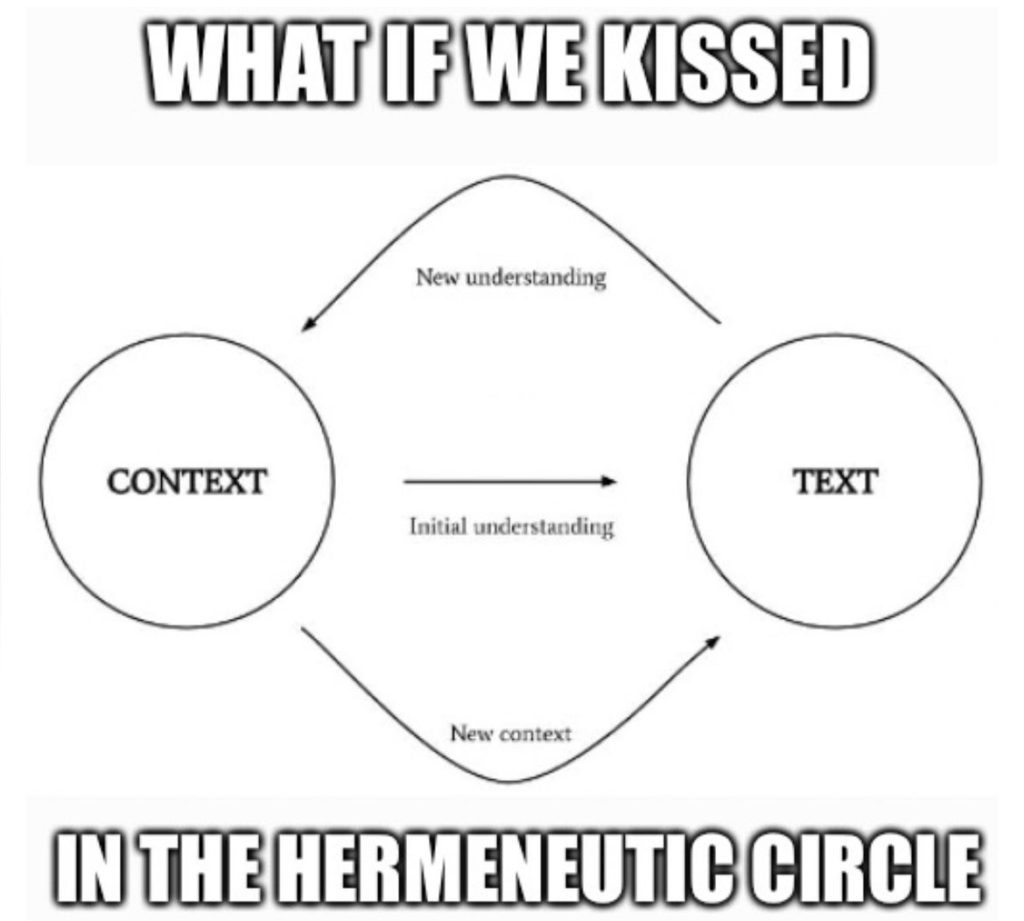


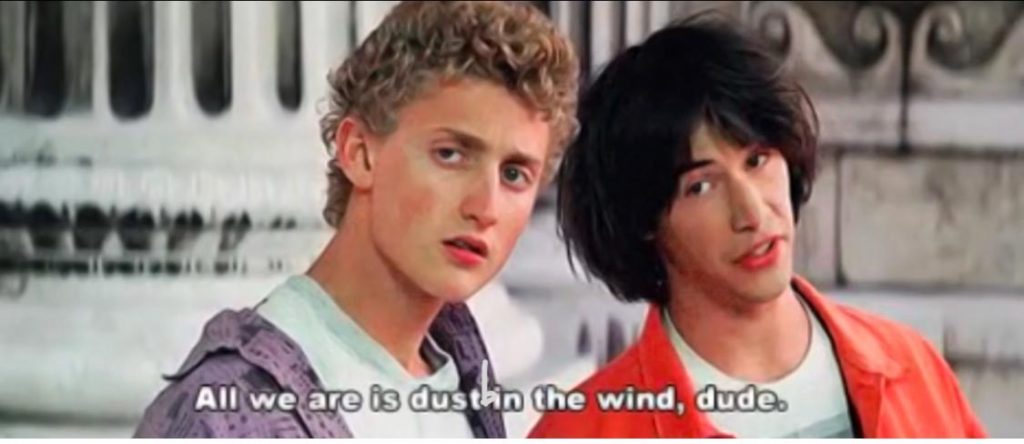





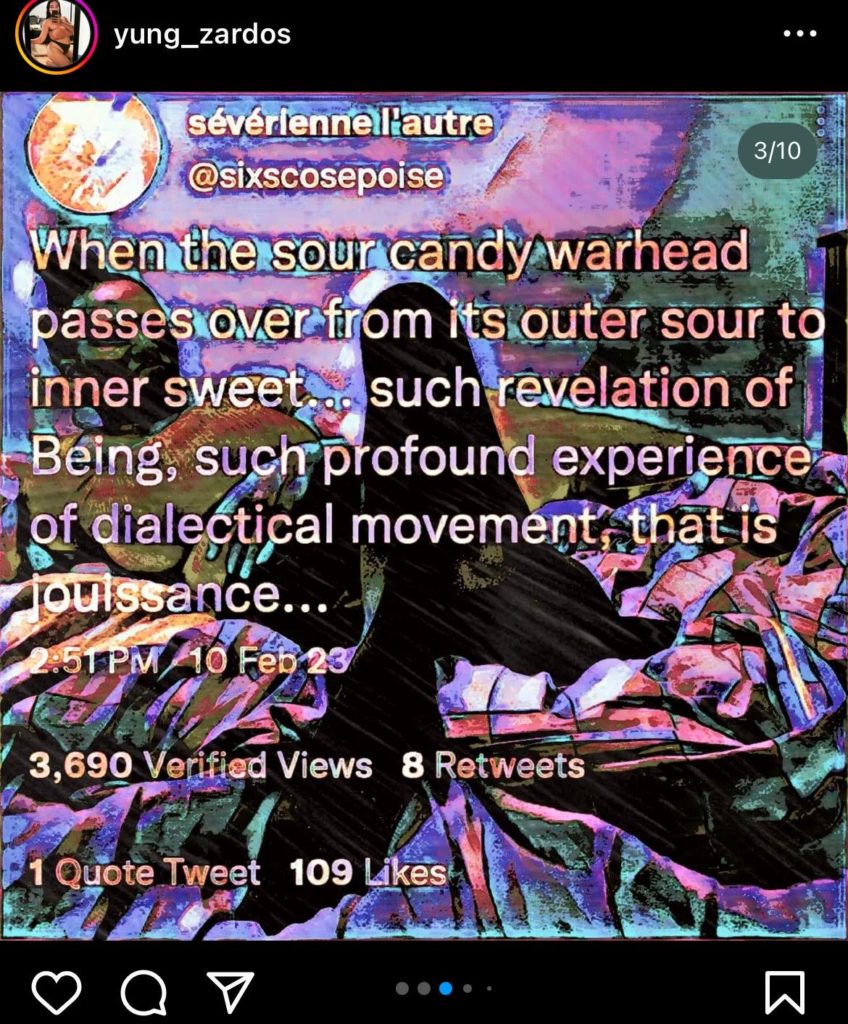
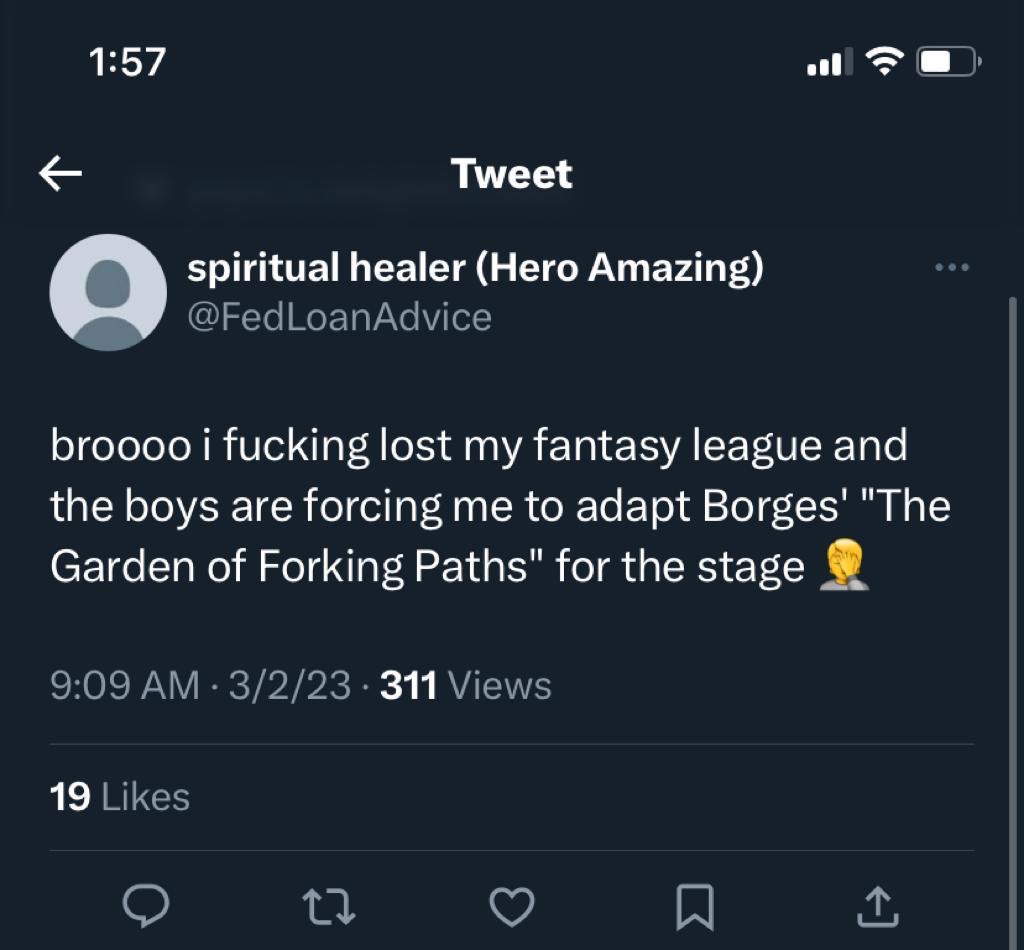
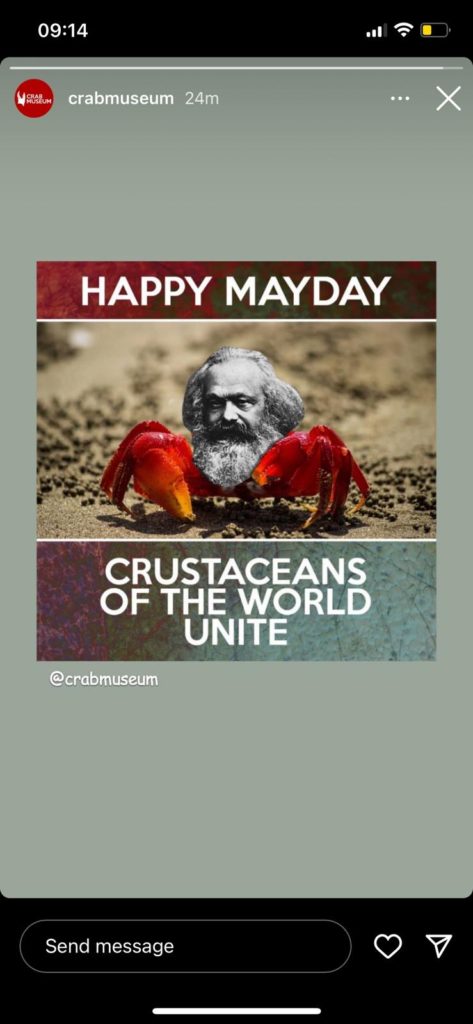
[ pending ]
[ pending ]
[ pending ]
[ pending ]
[ pending ]
[ pending ]
[ pending ]
[ pending ]
[ pending ]
[ pending ]
[ pending ]
Ahead of Michael Nylan’s visit as a speaker in the West Hollywood Aesthetic and Politics lecture series, or WHAP!, we were given a short excerpt of her most recent publication, The Chinese Pleasure Book. Taking up on pleasure theories in early China, from the 4th century BCE to the 11th century CE, she grounds her theoretical investigation in the Chinese term le 樂. Contrasting it against early modern European notions of pleasure, she offers one of her central claims, which is “the Chinese opposition of pleasure to insecurity, rather than to pain”.[1] This is striking to me as I have always perceived pleasure in relation to, rather than, in contrast to pain. Pain, for me, is shaped by what I took the greatest pleasure in as a child. My training in Chinese dance has instilled in me that one is not to scream, shout or cry when experiencing pain. Pain drenches the body. It is to be soaked up, not allowed to drip or spillover. For pain to be released, it must be contained, endured and inhabited.
My mother too, practices this belief. Speaking of her ability to tolerate pain with great pride, she recounts of my birth placing an emphasis on not having to take an epidural shot. These days, she expresses her affection over the phone by saying, “你知不知道我有多疼你?” Framed as a question, the statement broadly translates into English as,“don’t you know how much I love/ache for you?” Teng 疼, meaning to dote, cherish, love dearly, but also to ache, is a kind of wanting. It differs from tong 痛, which conveys pain more acutely, or sharply. While tong is more likely to be used in reference to an external injury, or a wound on the surface of the body such as a cut, teng relays in its description an interiority, which may be psychic or otherwise. And yet, teng is also a feeling outside of oneself. Teng, I feel through my mother. Lately, I have been thinking, what does it mean to embody a structure of feeling that has been inherited from those before me?
In order to approach the nuances of le, Nylan compares the term to “its nearest synonym, xi 喜,” which she translates as “delight”.[2] She states, “whereas almost every instance of le points to relational pleasures that accrue through the long-term beneficial practices and associations that promote deep satisfactions, the uses of xi are a mixed bag, at best. For xi connotes short-term delight that is not necessarily wrong in itself, but that may conduce to eventual harm, insofar as it consumes bodily resources without replenishing them.”[3] In short, le nourishes while xi spends. The early Chinese thinkers, according to Nylan, viewed pleasure’s accumulation of value as the cultivation of life. A philosophical stance she summarizes, “that life itself is good and valuable, so a person should try to maximise life and vitality, not only by ‘increasing the lifespan’ but also by ‘enhancing the pleasure taken during life.’”[4] Striving to live under the conditions liberal settler-colonialism, I wonder if the capitation of life suggested here, further extracts life from (the) living. For life surely, is not always already lived?
In an interview with MIT Press, Nylan shares that the book was an extensive project that began in 2000. She explains, “throughout the entire eight years of George W. Bush, I found I couldn’t write anything (presumably political depression), so there was a long hiatus, and I didn’t get back to rethinking parts of the book and writing two chapters until the Obama era.”[5] She adds, “I was determined to finish the book once I realised, early on, that I might be facing eight more years of political depression”.[6] Reading this, I cannot help but question, how does pleasure in Nylan’s personal subscription to “the Chinese model,” inform what Lauren Berlant calls “an affective history of the present”?[7] After all, what Berlant proposes as cruel optimism seems to resonate closely with what Nylan seems to be gesturing towards with xi, or delight.
In the opening paragraph of her book, Berlant describes cruel optimism as “something you desire [that] is an obstacle to your flourishing”.[8] An optimistic relation, however, Berlant goes on to clarify, “[is] not inherently cruel”.[9] Instead, it becomes cruel “only when the object that draws your attachment actively impedes the aim that brought you to it initially.”[10] In other words, optimism is neither good nor bad, optimism is a “+,” (presence) moving towards a, “-,” an absence “sense[d] in the wake of a person, a way of life, an object, project, concept or scene”.[11] Nylan illustrates this with qi 气. She cautions, “too-frequent arousals and outward flows of qi to non-essential ends […] principally endangers a person when satisfying those impulses engenders few or no compensatory gains in the form of sustaining social relations”.[12] Qi, which translates as a form of vital energy that flows through the body, informs Traditional Chinese Medicine. Good health requires maintaining a regulated qi. However, as Nylan suggests, qi is not enclosed or limited to the body, qi circulates between entities (bodies and those alike). As a lifeforce, qi corresponds more intimately with a kind of liveliness than life itself. Pleasure, in other words, is an attachment that stimulates a sense of liveliness. It is a prolonging of life that exceeds death or loss.
In Conversation of Two Women (1998), a video work by Araya Rasdjarmrearnsook, the artist reads to the corpse of a young woman a passage from the Inao, a classical Thai literary text, in which a man professes his love to a woman. Pleasure surfaces palpably in this performance of attachment and desire. Mourning serves to savour, sustain, prolong, and extend. It disrupts the relation between presence and being, as the young woman at the centre of the scene, having taken her own life over love loss is remade into a subject of undying love. In her book, Ghostly Desires, Arnika Fuhrmann pushes this reading further. Beyond mourning, she argues, Araya “reinvents modes of lamentation and deploys traditions of ministering to the dead to effect ruptures in conventional ways of gendered relating [in Theravada Buddhism]”.[13] When grandfather passed away, it was decided by his children that he would be given a Buddhist funeral. Nevermind that he was a freethinker most of his life, it is better to be prepared for the afterlife. Of the wake, I remember only the calluses on the soles of my father’s feet, and my mother telling me to stop crying because it would upset my father. His grief, she reminds me, is greater than mine. Although I can say now that it was not grief, it was something more.
Against the doctrines of Theravada Buddhism, where the futility of erotic attachment is exemplified in death, Araya performs a continued attachment, a sensuous re-attachment to the dead, she clothes, sings and reads to. Not so much as offering a reconciliation between the dead and the living in the space that has been left behind, a ritual space which according to orthodox Theravada Buddhist practices are assigned to the men, in Araya’s works, this space is never empty to begin with. The female voice, soft, melodious, fully of wanting, filling the silence of the morgue should not be mistaken as a carrier of grief, rather it is sensuous materiality that sustains a “feminist anatomy of desire”.[14] Piercing the stillness of the image, the undulating surface of the voice allows “sentiments other than grief” to saturate the space of the performance.[15] Audre Lorde speaks of a similar feminist ecology of desiring in her essay, “Uses of the Erotic: The Erotic as Power”. The erotic, she puts, “is not only of what we do; it is a question of how acutely and fully we can feel in the doing”.[16] This affective resonance/residue, which Lorde calls a “feeling,” presents itself in the voice. Reading and singing, it/she takes us to places which we have not been. Araya, as Fuhrmann puts, “[probes] the potential of death to represent a space for as yet impossible intimacies,” intimacies which “have no destination,” or unobtainable destinations.[17] Me, being here, away in the States, I was not able to attend my grandmother’s funeral. Since then, I have wondered, where do intimacies with nowhere to rest found?
Pleasure, Nylan explains, comes in three different temporalities, “[the] confident expectation of the future pleasure, the sensory experience of it in the present, and the pleasant memory of it in retrospect”.[18] Memory, she contests, “can be the most powerful of the three, there being ample time after the sensation to dwell on it”.[19] Memory, I would argue, is the most powerful of the three because it distorts the present. 茉莉花 comes to mind. The Chinese folk song, one of my grandmother’s favourites, describes the beauty of a jasmine flower. The song, which I learnt only recently, has several different versions and has been appropriated in different settings. Tracing back to the 18th century, the song was used as the national anthem by Qing officials in Europe; it was later popularised by the Italian composer, Giacomo Puccini’s opera, Turandot (1926); and played during Central Committee of the Communist Party of China meetings. In recent times, it has been staged at the 2004 and 2008 summer Olympics, and more controversially appropriated during the 2011 Chinese pro-democracy protests, also known as the Jasmine Revolution. My earliest memory of it, however, is attached to my grandmother. I do not have many private memories of my grandmother as I knew her mostly through social settings. That is not to say we never had a relationship, but rather my relationship to her was that of a 外孙, in other words, an “external” grandchild, unlike the children of her sons. She must have understood this too when she cradled me in her arms singing…
好一朵美丽的茉莉花
好一朵美丽的茉莉花
芬芳美丽满枝桠
又香又白人人夸
让我来将你摘下
送给别人家
茉莉花呀茉莉花
李汶蓉 is a second-year master’s student in the Aesthetics and Politics program at California Institute of the Arts. Her family and friends call her Clara.
Endnotes
[1] Michael Nylan, Excerpt of The Chinese Pleasure Book, 2018. [2] Nylan, Excerpt of The Chinese Pleasure Book. [3] Ibid. [4] Ibid. [5] The MIT Press, “The Chinese Pleasure Book: Q&A with Michael Nylan,” retrieved 6 March, 2020, from https://mitpress.mit.edu/blog/chinese-pleasure-book-qa-michael-nylan. [6] The MIT Press, “The Chinese Pleasure Book: Q&A with Michael Nylan”. [7] Ibid. See Lauren Berlant, Cruel Optimism (Durham, NC: Duke University Press, 2011). [8] Lauren Berlant, “Affect in the Present,” in Cruel Optimism (Durham, NC: Duke University Press, 2011), p. 1. [9] Berlant, “Affect in the Present,” p. 1 [10] Ibid., p. 1 [11] Ibid, p. 2 [12] Nylan, Excerpt of The Chinese Pleasure Book. [13] Arnika Fuhrmann, “Making Contact: Contingency, Fantasy, and the Performance of Impossible Intimacies in the Video Art of Araya Rasdjarmrearnsook,” in Ghostly Desires: Queer Sexuality & Vernacular Buddhism in Thai Contemporary Cinema, (Durham, NC: Duke University Press, 2016), p. 172. [14] Fuhrmann, “Making Contact: Contingency, Fantasy, and the Performance of Impossible Intimacies in the Video Art of Araya Rasdjarmrearnsook,” p. 171. [15] Ibid., p. 167. [16] Audre Lorde, “Uses of the Erotic: The Erotics as Power,” in Sister Outsider (Freedom, CA: The Crossing Press, 2007), p. 54. [17] Fuhrmann, “Making Contact: Contingency, Fantasy, and the Performance of Impossible Intimacies in the Video Art of Araya Rasdjarmrearnsook,” p. 170 and 171. [18] Nylan, Excerpt of The Chinese Pleasure Book. [19] Ibid.